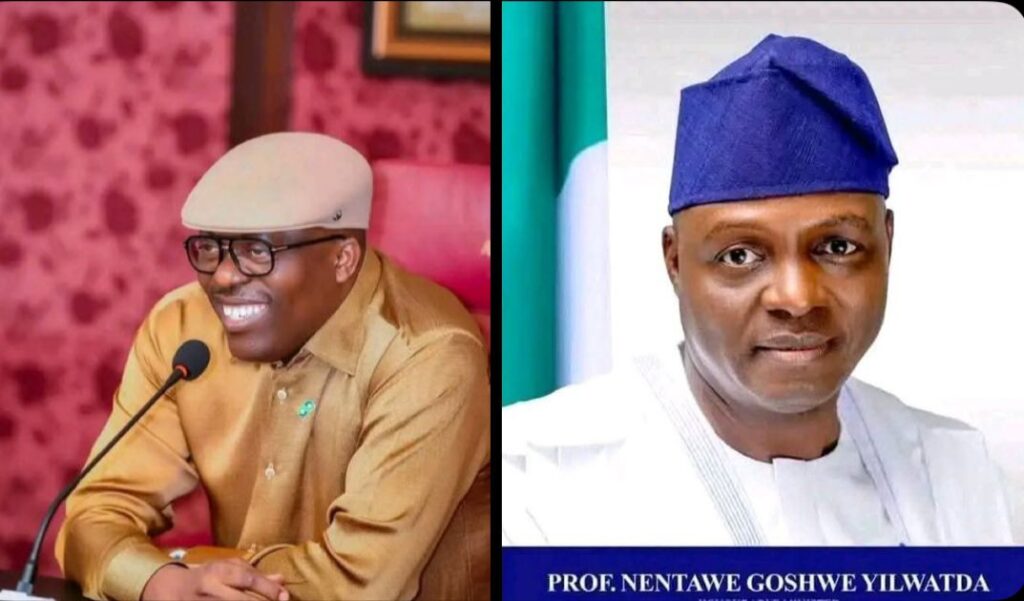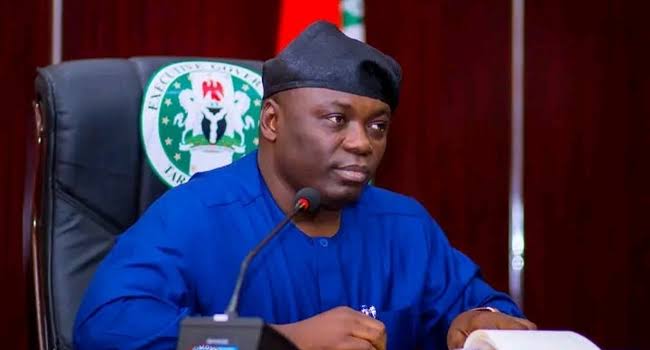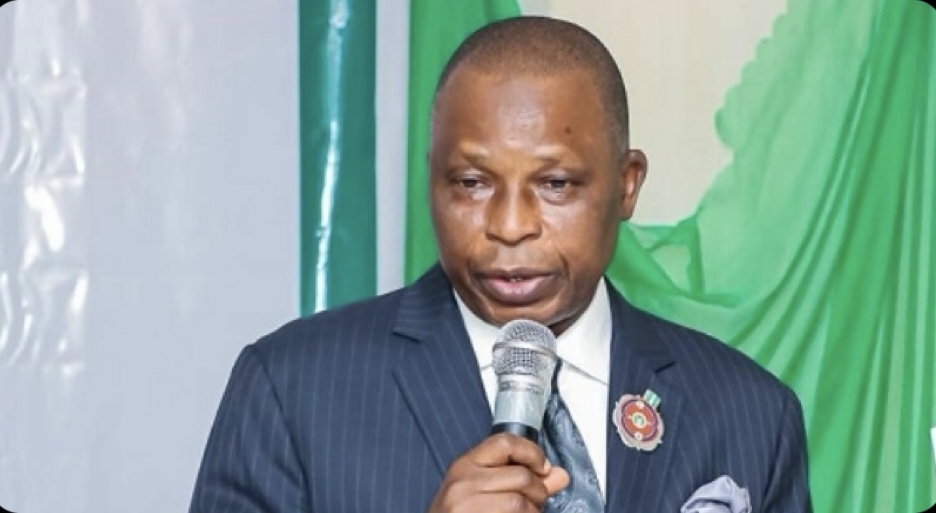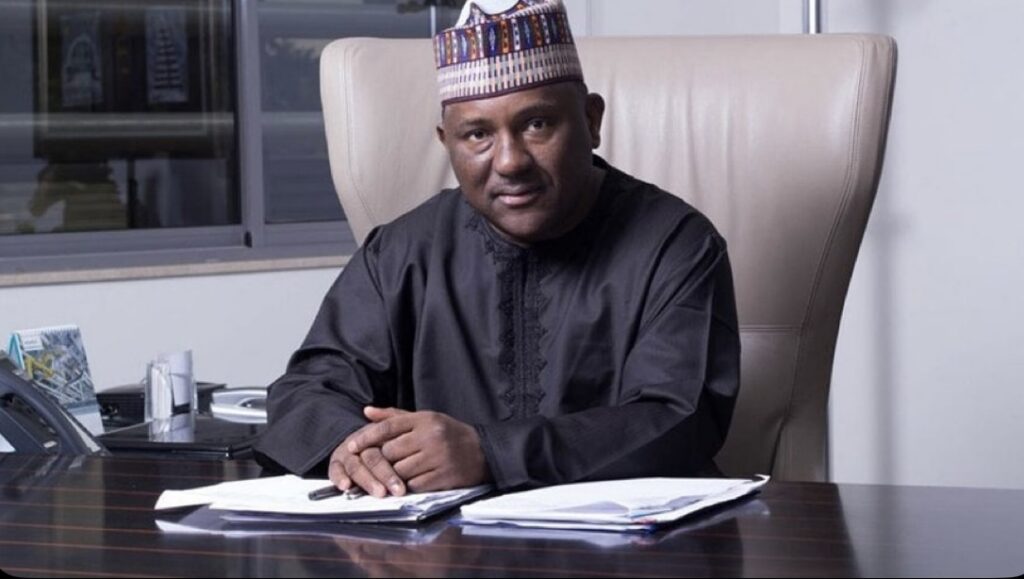Iran’s Supreme Leader, Khamenei Makes First Public Appearance Since War with Israel
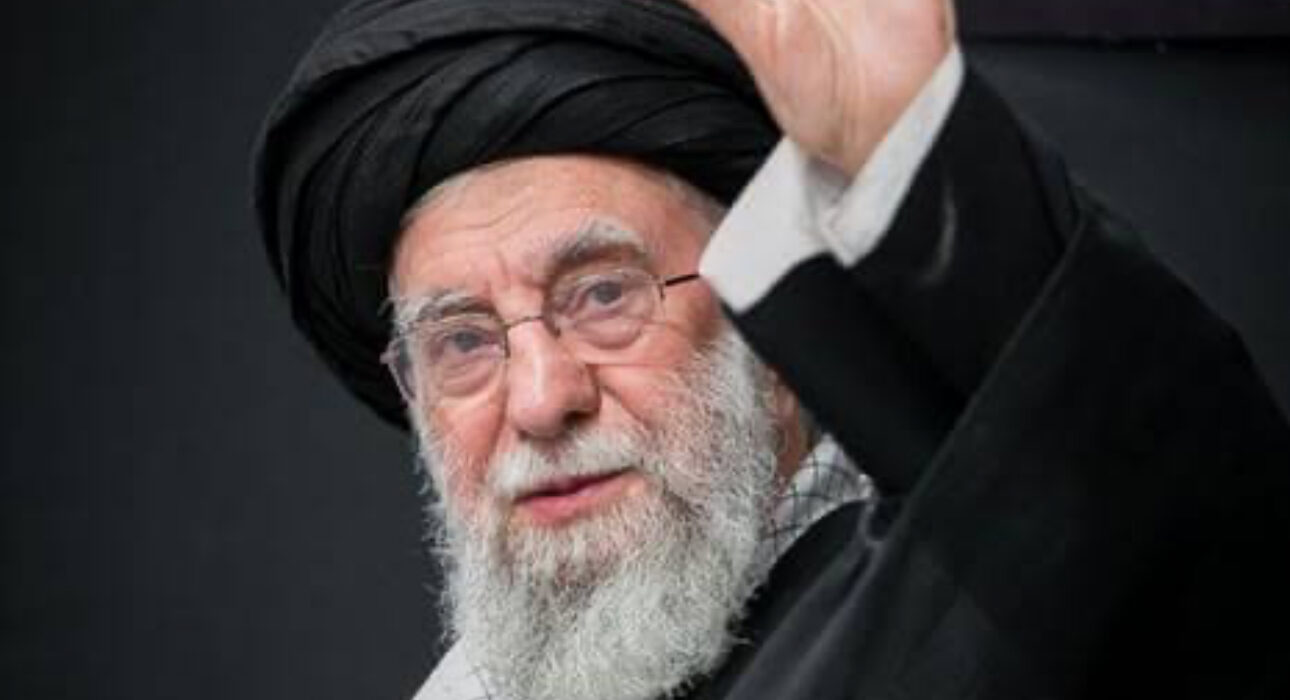
Iran’s Supreme Leader, Ayatollah Ali Khamenei, made his first public appearance on Saturday evening since the recent 12-day military confrontation between Iran and Israel.
His presence at a solemn Ashoura ceremony in Tehran came after weeks of absence from public view, a period marked by rising tensions, missile exchanges, and speculation about his whereabouts.
Khamenei appeared before thousands of mourners during a religious gathering at the Imam Khomeini Mosque, commemorating the eve of Ashoura, one of the most sacred days in the Shia Muslim calendar. Clad in traditional black mourning attire, the 85-year-old leader was welcomed with chants of allegiance from the crowd, many of whom wept and raised their fists in solidarity.
This marks the Supreme Leader’s first confirmed appearance since Iran and Israel exchanged heavy fire in June, in what became one of the most intense direct confrontations between the two longtime adversaries.
During the conflict, Khamenei did not appear in person, opting instead to issue brief pre-recorded statements, prompting widespread speculation that he had taken shelter in a secure underground facility due to potential security threats.
His appearance on Saturday served not only as a religious observance but also as a symbolic assertion of stability, leadership, and defiance following the unprecedented missile strikes and regional instability.
The latest Iran–Israel conflict erupted on June 13, when Israel launched airstrikes on Iranian nuclear and military installations.
Iran responded with over 550 ballistic missile strikes, resulting in considerable casualties and damage. According to reports, more than 900 people were killed in Iran, while 28 deaths were reported in Israel.
The confrontation drew international concern, with U.S. military forces conducting airstrikes on selected Iranian nuclear targets. At the height of the conflict, reports emerged that Khamenei may have been the target of intelligence tracking, with U.S. President, Donald Trump suggesting that the U.S. was aware of his location but had decided not to act “for now.”
During his absence, rumors circulated online and in diplomatic circles about Khamenei’s safety and health. His silence during Eid al-Adha and other important public events only intensified such speculation.
However, his reappearance during Ashoura—a day symbolizing martyrdom, resistance, and justice in Shia Islam—seemed carefully timed to project strength, unity, and spiritual authority.
No political remarks were made during the ceremony, but analysts see the leader’s re-emergence as a signal that Iran intends to resume its traditional posture of internal stability and external defiance following the brief but bruising confrontation with Israel.
Iranian state media highlighted the Supreme Leader’s appearance extensively, framing it as a demonstration of national resilience.
Senior clerics and government officials also attended the ceremony, reinforcing the message of institutional continuity.
Khamenei’s return to the public eye is expected to bolster morale among his supporters while calming fears of a leadership vacuum. However, international observers remain watchful of Iran’s next steps, particularly concerning its nuclear program and relations with Israel, the United States, and Gulf Arab states.
For Iran’s leadership, the Supreme Leader’s public appearance during Ashoura served not only a religious function but a political one. It reminded citizens and adversaries alike that, despite external pressures and internal uncertainties, the Islamic Republic’s highest authority remains in command.
As the region grapples with the fallout of last month’s hostilities, Ayatollah Khamenei’s reappearance will likely be seen as an effort to reassert control, reassure allies, and send a clear message to enemies: Iran remains unbowed.


